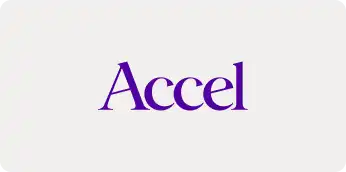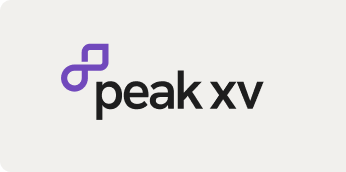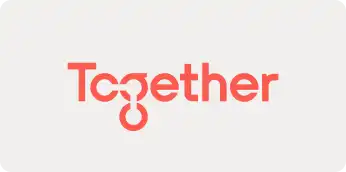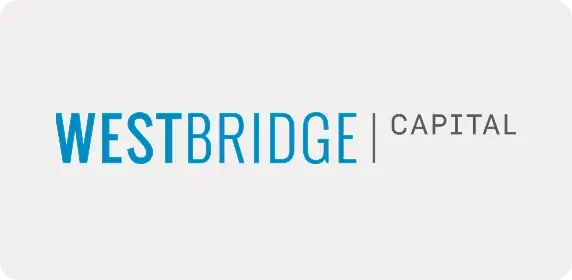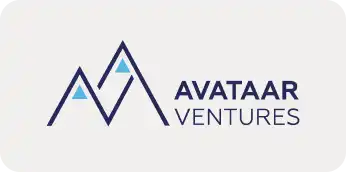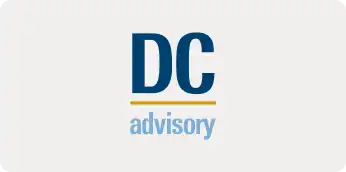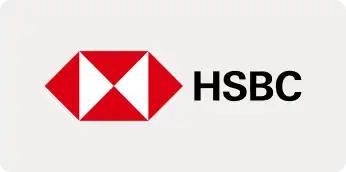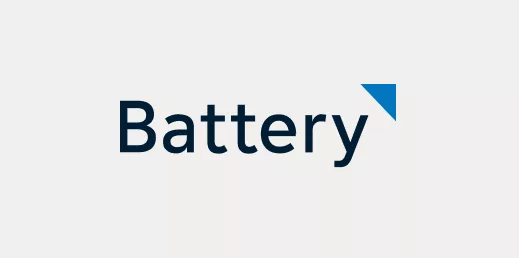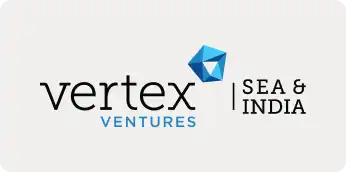Sparsh Gupta is the co-founder at Wingify, a SaaS-based A/B testing company. Its flagship product is the VWO (Visual Website Optimizer), used by 4K+ clients spread across 90 countries. Together with Paras Chopra, Sparsh founded Wingify in 2009 and has bootstrapped it to $23 million in Annual Recurring Revenue (ARR).
With Wingify, Sparsh and Paras crafted a new category. When the company launched, A/B testing was in its infancy; not many businesses had heard of it and even fewer had tried it. The two of them essentially created a market for their product, educated the prospects, and then converted them to customers.
In this AMA, Sparsh Gupta answers questions about content marketing, organizational structure, hiring and retaining talent, and balancing the roles of co-founders.
If have a SaaS startup idea or have already launched one, dive straight in, especially if you are targeting a new category.
Content marketing is the way to go
At Wingify, the focus was always inbound marketing and the main lever was content; there was no offline marketing, trade shows, paid marketing, or outbound. Sparsh says,
Historically we never focused on outbound. Even now, nearly 99% of Wingify’s revenue is inbound, so it was certainly not cold reach outs.
What they mainly focused on was content marketing. Creating content to grow the A/B testing market itself as it was a new segment. In 2010-11, when VWO (Visual Website Optimizer) was launched, the A/B testing market was new. They focused on producing lots of educational content that made the potential customers realize this pain and the potential solution to it.
As it was non-marketing content about A/B testing and not specific to VWO, a lot of forums picked it up. The Wingify team also pushed it across channels and over time, there started a flow of inbound leads/demand). Converting those visitors into customers was easy because they were already highly qualified.
As the value prop and ROI were already part of the educative material they had been through, they were primed for conversion. To get an idea about how valuable the content produced by Wingify was, go read this ultimate guide to A/B testing published in Smashing Magazine. Published 10 years ago, people still find it useful; check comment dates if you don’t believe me!
As they were not marketing VWO but the concepts of A/B testing, people took it more positively. When they wanted to know more, people went to them for help and started using their offerings.
The intent must be to care about what customers want, not what you want. This will change the message to be about helping them and not selling your solution. When you are open about all players/products in the market and their pros/cons, as Wingify did, you are treated as the influencer and the go-to person for solving the pain points. Which, to be honest, was your motive to start with? Thus, producing honest, informative, and problem-solving content eventually establishes you as the leader in your industry.
Should you pay for content or branding marketing?
Creating content for the sake of content achieves nothing. If you write one good piece, it can continue to generate leads for years. Quality over quantity is what B2B customers want today; try putting out one valuable piece of content per month rather than one every day.
Sparsh is of the opinion that no one has enough context of the market, industry, and customer needs to write something that adds value. The ideal case is where the founders write themselves. He adds,
We were lucky that Paras (my co-founder) writes beautifully and loves writing. He did almost all the initial content himself, and he still writes regularly. Good content writers are hard to find.
But then, SEO alone is not what gets you results; there should be a lot of customer advocacy and branding at play. Paid marketing is also an inbound channel in Wingify’s books (almost 40%) though people often debate this. Sparsh feels that paid is a very important channel. However, if the market saturates the CPCs get crazy.
It is difficult to differentiate between brand and content marketing. Because brand is an outcome of everything you do, including content. As you grow, brand marketing starts taking more space and you must focus on that more.
Hiring right & retaining talent
Hiring the right person is one of the biggest levers of success and hence you should do whatever it takes to get the best person in your team. Sparsh is of the opinion that this is not something you can easily outsource. Initially, he was driving all hiring at Wingify, so he spent a good time on it – sometimes as much as 50% of the total working hours in a day – depending upon the criticality of the hire.
He still takes 3-4 interviews a week across roles and departments, though they have a dedicated team to source and filter candidates. If they are hiring a leader or a senior person, he will spend more time on it.
It is challenging to attract and retain the right talent when the lure of top-funded startups is so high, right in Bangalore, where Wingify is based. Salary cannot be the differentiating factor here. Someone will always be willing to pay more. As Sparsh honestly puts it,
Salaries is one thing which we place ourselves at around 85 percentile in the market (using some reports from public surveys). It’s impossible to be the highest paymaster in the industry as someone else will certainly pay good talent more.
I have seen growth of an individual, work he is doing, and colleagues he is working with end up being bigger motivators.
Sparsh also feels that motivation for diverse teams and diverse talent can be varied. You need to treat an engineer differently from a sales guy because their professional needs and parameters of success are different.
Building the right organizational structure
Building the right team, be it product, sales, marketing or customer support, is a constant work in progress. The structure should evolve to pre-empt the roadblocks to your growth and solve the problems.
Here’s a sneak peek into how the Wingify team took shape.
Sales team at Wingify
To start with, they hired a sales rep just to give product demos. They had inbound demand and a recorded demo, but many people wanted personalized ones. The sales rep handled in-person demos. From that one sales rep, the team has grown into a 40-people team spread globally. When they were $3-5 million MRR, they had 5-6 AMs (no ADMs), across regions, catering to inbound leads end to end.
Hiring the first product manager
Any business needs a well-balanced team to grow. Hiring the first product manager (PM) depends completely on organizational needs.
Ideally, a PM must understand a customer’s pain points well, envision a potential solution to those problems, get quick proof of concept (POC), validate them, and then scale them over time. Someone in the team has to be doing this since inception. At Wingify, Sparsh and his co-founder Paras Chopra were the initial PMs and continued to lead the product for the first 5 years. The first PM was hired in 2015. Currently, Wingify has a team of 5 PMs in a 250+ strong team.
For a SaaS start-up product is the most important component. If you (and your co-founders) have more expertise on the sales side, you need to hire a PM sooner. On the other hand, if you focus more on the product, you need to hire a sales team first.
Ideal marketing team structure
Sparsh feels there is no perfect structure for the marketing team. It should depend on your marketing goals. As he puts it,
The structure keeps changing time and again, and as I speak here, we are evolving a bit and changing the structure. Very broadly, we have someone owning organic side of marketing (and focus on SEO, Content, and all experiments around it), we have an owner for Paid marketing, and there are teams around product marketing, customer marketing. And a backend team of engineers, designers, content writers to support all teams.
Customer Success & Support team
For a product that is self-serving, like most SaaS products are, the role of customer success and support teams is to fill product gaps. Though ideally, for a product organization, there should be no need for customer support and service. But at times, the product may require some tech integration during onboarding. In such a scenario, it is important to get clarity on what customers want.
If you are building a customer support team from scratch, it’s best to get it straight from the horse’s mouth. Setting up something theoretical won’t solve customer’s pain points. If customers are looking for tech help, get some engineers to dedicate time to do support, which was how the customer support team at Wingify started. If customers have generic needs explaining the product and onboarding process can help, get people for that.
Over time, some will gravitate more towards talking to customers and solving their issues while others will focus on the core product. And voila, you have your customer success team ready, where everyone is doing what they love and are an expert at.
Wingify has multiple teams within their Customer Support & Success team:
- Customer Success – It focuses on ensuring the customer is getting the value they expect from VWO and that we are successfully solving their pain points.
- Product Success – They have three teams:
- Product Support for all inbound support requests. They have a tech support group and a non-tech support group, though everyone is expected to take care of basic support needs.
- Product Consultation for solution needs. They are the technical support people who come up with solutions if there is a specific requirement like integration. They understand the customers’ problems and solve it, using VWO or otherwise.
- Product Implementation for writing code. They implemented the solution proposed by the Product Consultation team.
- CRO Success – The team focuses on educating people on A/B testing and Conversion Rate Optimization.
Other teams like Documentation, Training, etc. work with these three teams to ensure customers get everything they need. Sparsh emphasizes that building the right team structure takes time.
These structures evolved over time, initially all this was done by a single person (our first hire) and it evolved gradually as more sophisticated unit. This is how I started. We did a lot of support and we hired our first employee to do support as we were not getting any time to do development.
Buy or build – the most common problem for tech investors
Build vs. Buy is probably the most important decision for any startup. Sparsh advises that everything should not be built just because you can. This is the biggest mistake tech founders make; there is no need to reinvent each cycle. The way you should evaluate the need to build or buy is this. If something is core to what you do and impacts your customers then build it. Else buy it. In the long term, this pays off immensely.
Wingify built its own A/B framework for testing and measuring landing pages. Sparsh treats it as their biggest mistake at that time. But then, the year was 2008. There were hardly any tools in India and the international ones were very steeply-priced for Indian markets. For instance, Omniture was the big player then but quite expensive.
Sparsh says,
Being engineers we made the mistake of investing internally. This was one of the learnings. The team should focus every second on doing what customers want and need. Any time spent outside on what the company needs is cost and non-value added.
And then, lots of startups don’t need sophisticated Martech tools. You can start with a spreadsheet and some cheap $10 products that will do what you want. Start with the basics; you don’t need Intercom to provide chat and bot, and you don’t need Marketo or Hubspot for collecting databases and sending emails. You can add these tools to your stack when you grow big. As it is, while starting out, one doesn’t need 80% of the features that come with a big tool; having clarity there will help you find the right product at affordable rates. Sparsh is a big fan of Excel; he feels it can do most of the jobs if used well.
Final thoughts
Balancing roles and responsibilities in a team of founders must be done skillfully. The ideal is to have complementary skills so that together you can take care of all aspects of the business. For instance, at Wingify, Sparsh is more involved in Sales & Customer Success whereas Paras drives the marketing. However, the product is where both of them focus, which again underlines the importance of product for a SaaS company.
If you don’t have particular skills, hire as fast as you can. As the company grows, you should have leaders for everything; scaling up is not possible if the founders are driving everything on a day-to-day basis. They must be available to jump in wherever they can add value and provide the much-needed leadership.










